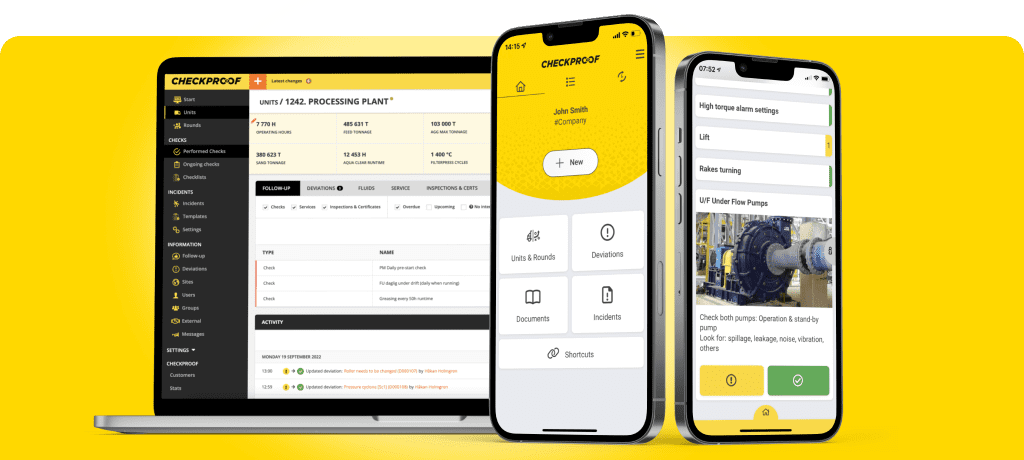Join us at AGG1, St Louis, MO - America's Center Convention Complex: 25-27 March
Leading aggregate producer Jehander, part of the international HeidelbergCement Group, never settles for less than great. Their 11 different quarries need to work seamlessly together and the old pen and paper method for quality controls wasn’t cutting it anymore. That’s why they turned to CheckProof.

Less admin and better insights
Aggregate is in high demand. A substantial amount of infrastructure and housing depends on ballast supply, so if there’s a shortage, the consequences can be dire. When Jehander started working with CheckProof in 2015 they were exploring how digitisation could improve their production processes, HSE routines and quality controls. Production Manager Jan Sigfridsson explains:
– We saw a need for more effective preventive maintenance, production reports and quality checks for our yellow machines. That’s why we turned to CheckProof.
What they found was that CheckProof not only made their operations safer and more efficient but also reduced their administrative workload. Product Quality Manager Alex Grossmann explains:
– If there’s a deviation, we immediately send a notification to the Plant Manager. That way, they can fix the issue straight away instead of having to go through the whole chain of emails, calls, scanning and printing.
“Without CheckProof, it would be impossible”
Alex Grossman, Product Quality Manager
The production of ballast is complex, and it’s magnified by the fact that Jehander has 11 different sites working simultaneously. They are producing more than 3 million tons of product a year. Without a digital system for quality control, it would be impossible to keep track of everything. Grossman breaks it down:
“We have two lab technicians analysing our aggregates at regular intervals to confirm the quality of our products.”
Additionally, Jehander has 200-220 CE-marked products in their catalogue. They need to do regular production checks at the different phases of production and delivery to make sure they meet the right standards. All of this generates a great influx of data:
“The data allows us to manage our operations effectively and draw conclusions about how to optimise our production process. It’s not enough to look at one machine at one site – we need to see how it all works together and put it into context. CheckProof is a great tool for that.”
There’s nothing wrong with a little competition

Today, all of Jehander’s quality controls are handled on CheckProof’s platform. The results impact their entire organisation. CheckProof’s dashboard allows Jehander to compare different sites when it comes to performance, deviations and unmet delivery requests. Grossman gives an example:
“We compare all plants against each other to see where the operations are running smoothly. When we present the results to the Plant Managers, it becomes a pull factor for them to perform better. It’s not uncommon with some friendly competition!”
Grossman wants to give some advice to other businesses considering transitioning into a digital process:
“There’s no need to continue doing checklists on paper and losing them. It’s so inefficient. Use CheckProof for your whole quality control system and improve your operations over and over again.”
Would you like to see CheckProof in action? Book a personal demo and see CheckProof help you achieve a more efficient and profitable business!
Want to know what CheckProof can do for you?
CheckProof's easy-to-use app makes it easier to do the right thing at the right time. Discover how you can run world-class maintenance that is both cost-effective and sustainable.

Maximize Efficiency with an OEE Monitoring System

Plant Asset Management Software:Maximizing Equipment Uptime

Machine Downtime Tracking: The key to smarter, more efficient operations

CMMS Software: What it is and why it’s key to First-Class Maintenance Operations
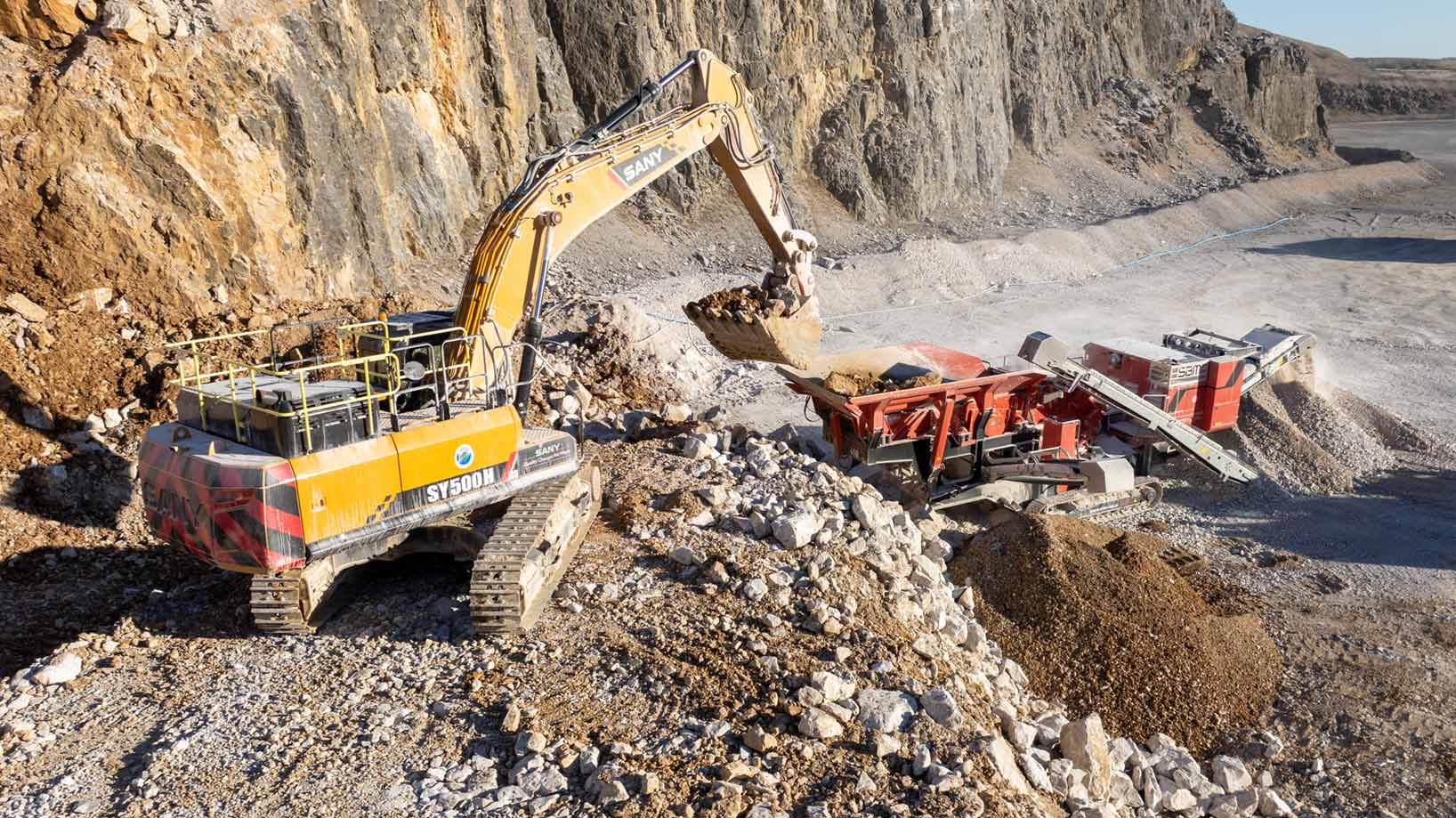
Revolutionizing Compliance: Banner Contracts on managing ISO audits with CheckProof
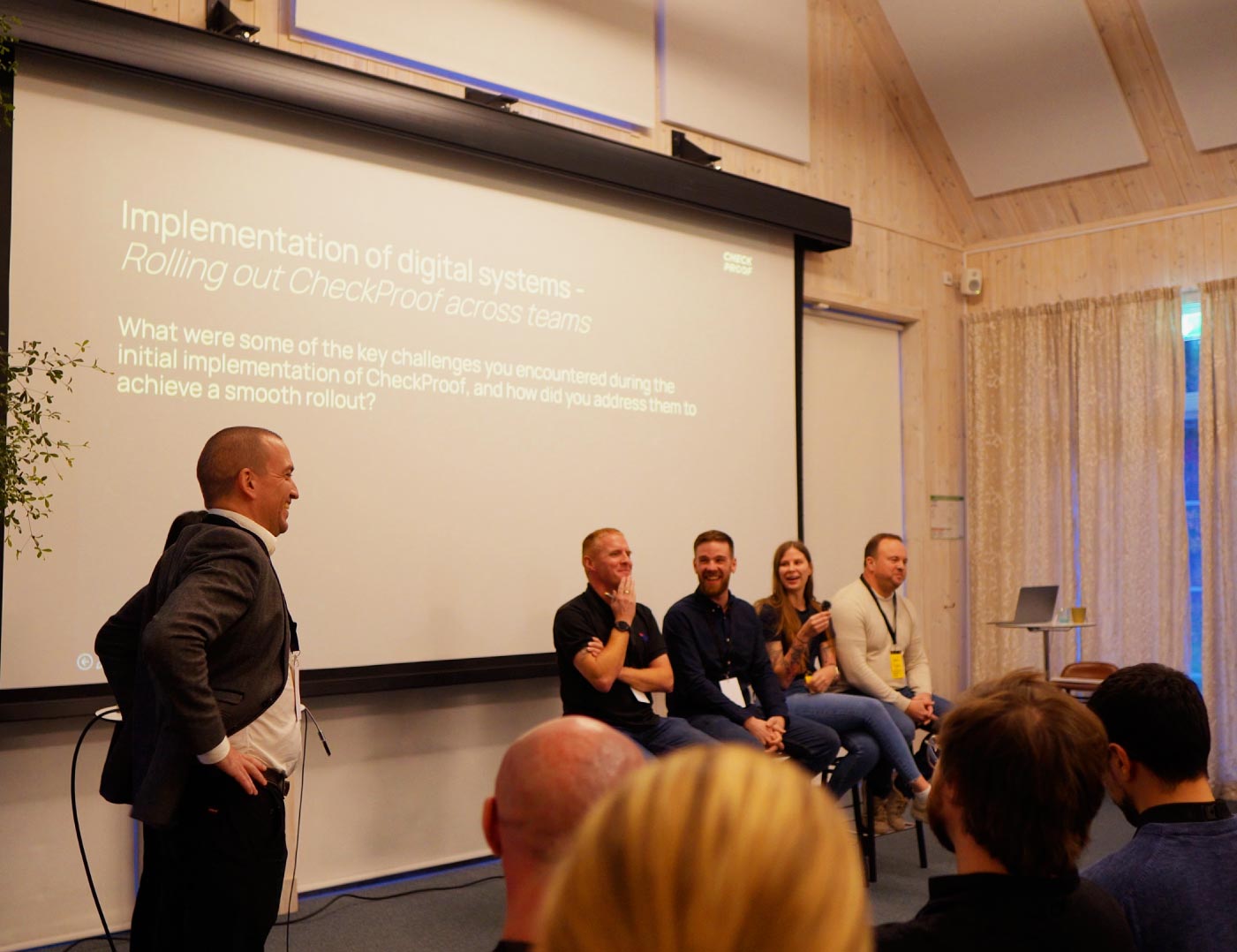
Implementation of Digital Systems: Rolling Out CheckProof Across Teams
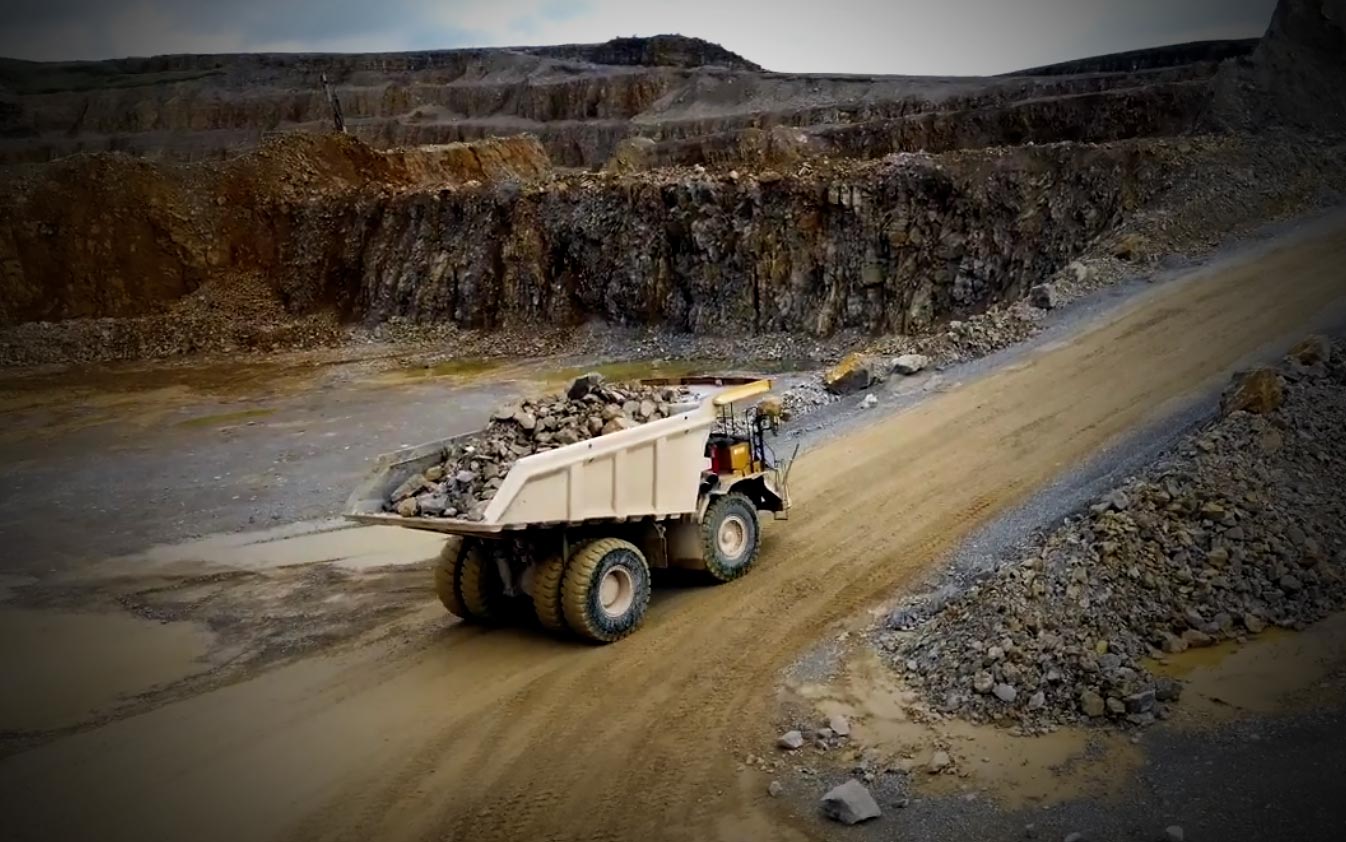
Von Kraftstoffeinsparungen bis hin zu Produktionssteigerungen: Wie Cemex Deutschland erfolgreich CheckProof implementiert hat

A Recap of the CheckProof Industry Event & 10th Anniversary Celebration
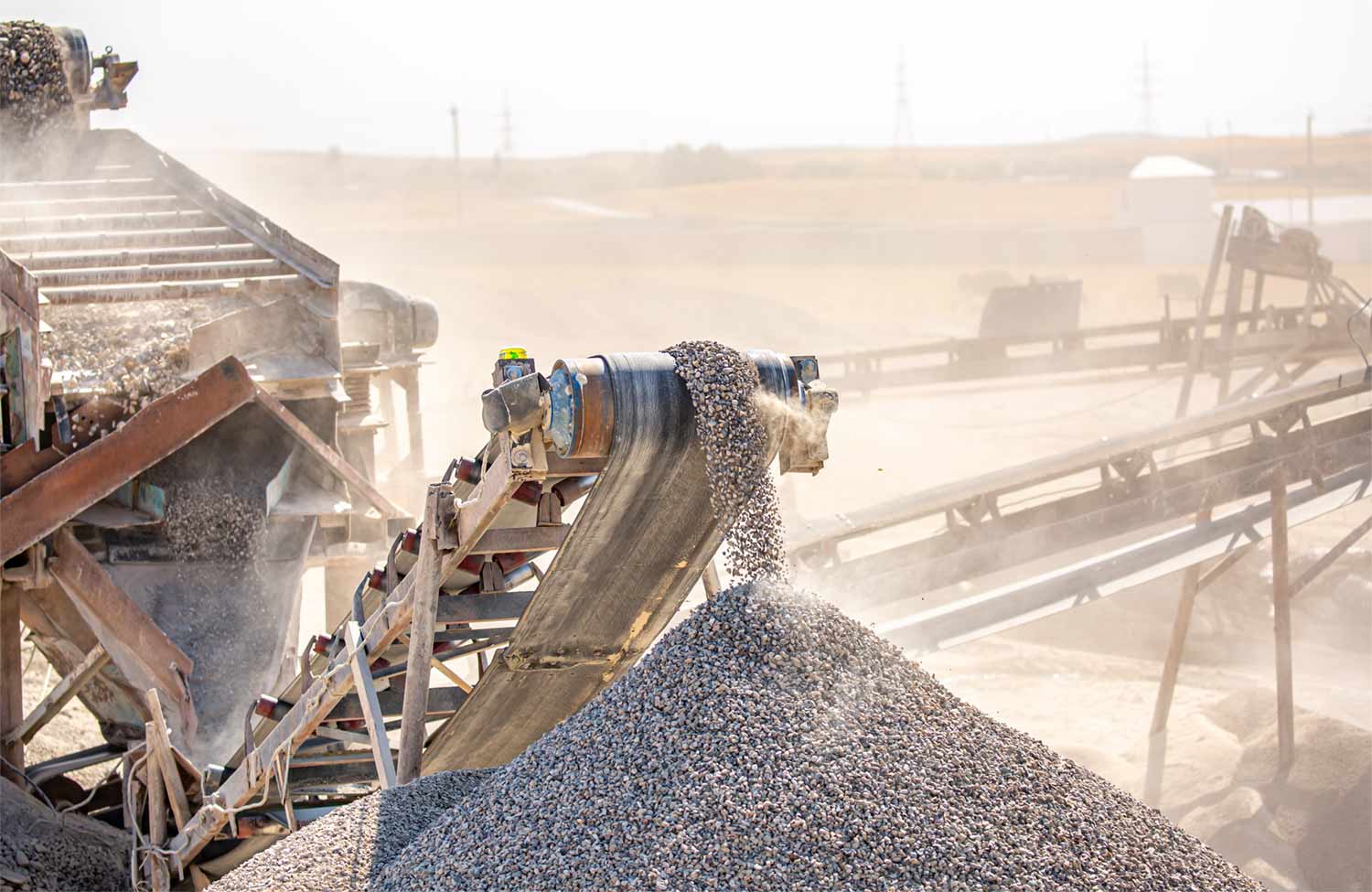
Trend Report: Key moments in the Construction Materials industry (2014–2024)




